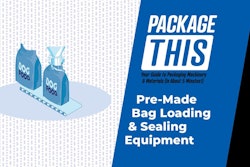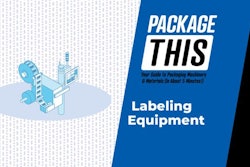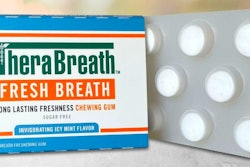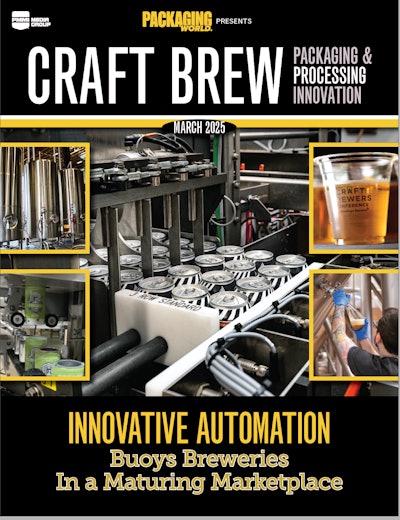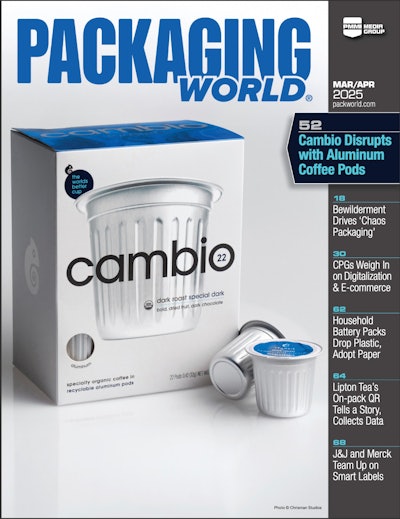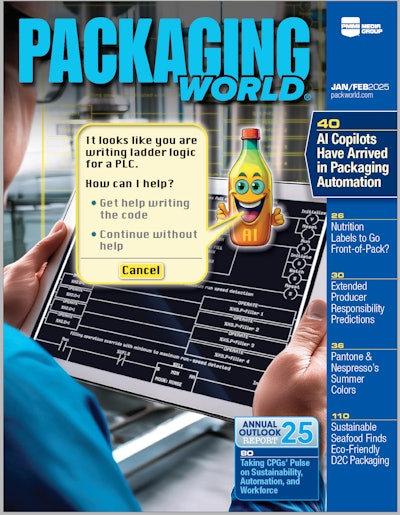Part 1 of the same title (see Packaging Insights 3/19/14) provided justification for developing the policy and announced that Part 2 would address components. Under a systems approach, there are no completely insular areas of operations; therefore, any policy governing the loading and securing of cargo inside trailers is interdependent with other operations.
It doesn't begin at the docks
Prior to considerations regarding how trailers are to be loaded and secured, considerations should have been given to the nature of what is to be loaded and secured within those trailers; in other words, how should the unit loads be configured?
First of all, what are the major limitations? The lift capacity of powered industrial trucks seldom is a limitation. Storage racks are purchased according to their load-bearing ratings, plus the heights between shelves are adjustable. By contrast, the dimensions of the trailer are fixed, imposing the challenge of how to most efficiently utilize the cubic space.
In the vast majority of instances, unit loads are built on pallets, although some products lend themselves better to slip-sheets. In either instance, there is an optimal number of unit loads for reaching the trailer's load-bearing limits or its space limits (weighing-out and cubing-out, respectively). Getting there shouldn't be by happenstance; instead, the unit load should factor into the earliest stages of package design. Rather than designing the primary package and afterwards by default configuring the unit load, why not have a particular unit load cube in mind when designing the primary package. The difference can be stark, especially when the stacking of unit loads is an option.
On a related note, there are strides to be made in the testing of distribution packaging, as recognition grows for the need for testing unit loads and not just individual shipping boxes, bags, etc. The aim of testing always has been to provide confidence that the packaging will protect against the forces encountered during distribution (for this article's purposes, transportation), namely, shock, vibration, and compression. The accurate simulation of those forces is a daunting undertaking, made more so by packaging trends related to source-reduction, i.e. sustainability and retail-ready. The relevance of those trends is that unless the unit loads are well configured and the packaging is adequate, the cargo might not survive the trip, even if it has been properly loaded and secured.
Don't be lax with end-of-the-line operations
Palletizing, strapping, and stretch-wrapping are end-of-the-line operations that impact the integrity of unit loads. Unless those operations are well-coordinated and well-performed, the loads might already be compromised by the time they reach the dock and become more compromised during transit, up to the point of coming apart. Given that possibility: pallets (and tier separators, as well) should be pre-checked for structural integrity; and, strapping and stretch-wrapping machinery should be calibrated, then periodically checked, to ensure applications at the proper tensions. A bar-coded shipping label attached to each unit load can be used in combination with industrial powered trucks that are computer-and-scanner-equipped. Their use is meant to assure that the correct unit loads are pulled for a particular shipment. The associated equipment should be subject to the aforementioned calibrations and checks.
As for actual loading and securing
Before a trailer is loaded and secured, it should undergo an inspection for debris, leaks, floor and other damage, and off-odors. It's a simple, straightforward procedure that lends itself to a checklist.
Every certified driver of a powered industrial truck, by training, knows certain things, among them that cargo should be evenly loaded within a trailer; nonetheless, left to rely on individual discretion, different drivers go about that objective differently, with predictably different results. Standardization is preferable, specifying not only exact placement (to avoid overloading of axles) but also whether methods such as stacking and pinwheeling (loading pallets two-across, one lengthwise and one widthwise) are employed. An effective way of achieving that standardization is load diagrams. They can be generated by specialty software; additionally, more efficiency can be had by going "paperless," provided that an industrial powered truck has a mounted computer that can call up a diagram.
Securing is all about restricting movement. If the tightness-of-fit is insufficient to render the cargo immobile, there will be voids. Load bars, blocking & bracing, and air bags are traditional methods for filling voids or otherwise compensating for them; but, here too, dock workers should not be left to their discretion in deciding which methods to employ. Also to be guarded against is construction variation (as with blocking & bracing) and quantity variation (as with air bags). Another concern with air bags is the consistency of inflation. Standardization should be established so that similar loads are secured similarly.
Depending on a variety of factors (for example, whether the load is mixed), loading and securing might be best done in sections (especially with 53-ft. trailers). That's an additional complication, making standardization all the more desirable. It could be beneficial to photograph or video-record a mixed load by section, and in the case of a homogenous load, to at least visually document the completed load from the rear. Visual documentation of how a load looked at time of departure need only be retained until that load has been accepted at destination.
Where is it written?
To paraphrase an old saying, a verbal policy is not worth the paper that it's written on, another way of saying that the policy should be available in readable form, an appropriately-titled manual, detailing what's required for the safe, effective loading and securing of trailers. In addition to hardcopy, the manual also should be available in digital form. And policy bespeaks the need for training, so that individuals know their duties.
Today's shipping docks are hubs of activity, feeding the nation's stream of commerce. Loads go out so that payment (profits) can come in. Every reasonable measure should be taken to sustain that relationship; and, indispensable to that aim is making sure that every load goes out only after having been loaded and secured in accordance with a well-devised policy. Such a load does not give rise to anxiety; in fact, it can be said to be a load off one's mind.
_____________________________________________________________________________________________
Sterling Anthony is a consultant, specializing in the strategic use of marketing, logistics, and packaging. His contact information is: 100 Renaissance Center- P.O. Box 43176; Detroit, MI 48243; 313-531-1875 office; 313-531-1972 fax; Sterling Anthony email; www.pkgconsultant.com








